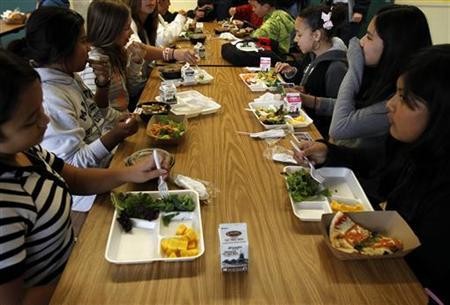In the fight on childhood hunger, on October 23, Friday the American Academy of Pediatrics (AAP) asked United States pediatricians to screen all their patients for "food insecurity" and to give parents references to help prevent child hunger and malnutrition. In the U.S. 16 million kids live in homes where there is frequently not enough food, which results in more sicknesses, worse general health, and more hospitalizations compared to youngsters whose daily diets include enough vitamins, minerals, and enzymes.
Experts have linked food insecurity issues to various behavioral and emotional issues, from toddlers to teens. They include a child having problems focusing and performing well in schoolwork and homework, according to Nature World Report.
The academy recommended that pediatricians use a screening tool related to food insecurity. It includes two queries for parents.
One question is whether during the past year they were ever worried about running out of food. The other question is whether purchased groceries lasted until they had more money to buy more food. Answers to the questions identified 97 percent of families with food insecurities, according to The New York Times.
The AAP's new policy also urges pediatricians to learn about local food banks and U.S. nutritional programs such as food stamps. Such resources can make a big difference.
Dr. Mariana Chilton is the director of Drexler University's Center for Hunger-Free Communities. She said that the new policy is long overdue as child hunger causes results such as poor childhood development and higher health care costs.
Chilton explained that food insecurity is a key sign of a child's overall health and well-being. However, few pediatricians study childhood hunger.
The screening for child hunger can encourage scared and shy parents to share their financial problems. It also allows pediatricians to encourage parents, as millions of families with problems such as unemployment and poverty are in the same boat.
Kids who suffer from starvation or malnutrition can also be identified. Many of them are forced to skip meals or go to bed very hungry.
It is estimated that over 15.3 million American children lived in food-insecure households last year. The state of Mississippi has the highest rates of children living in such homes (29 percent).



























